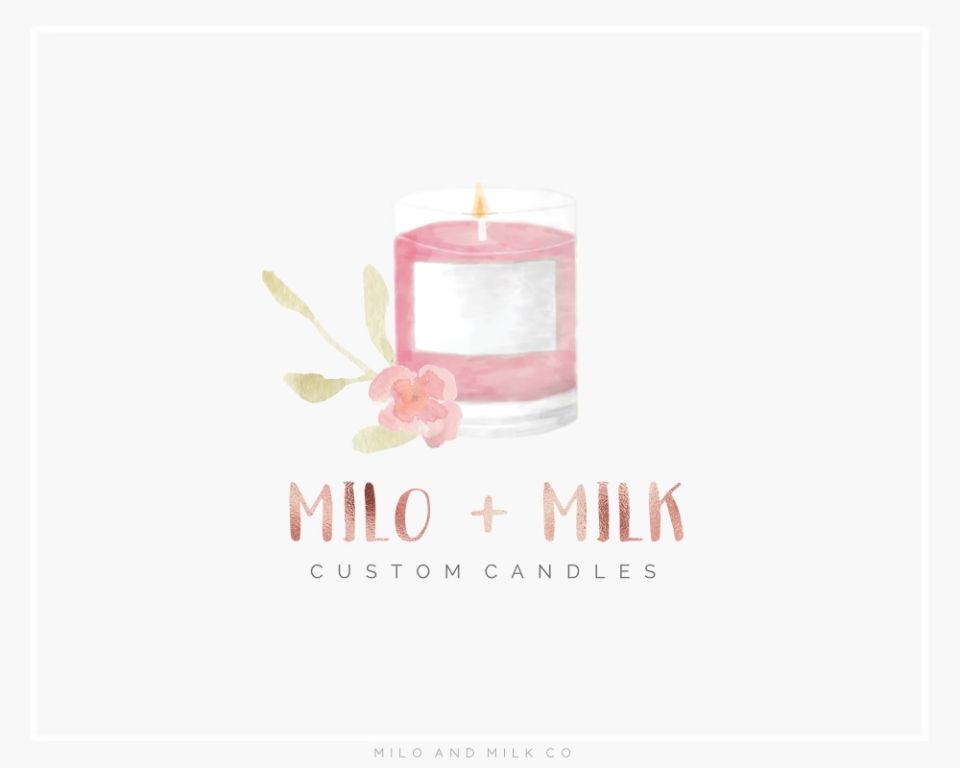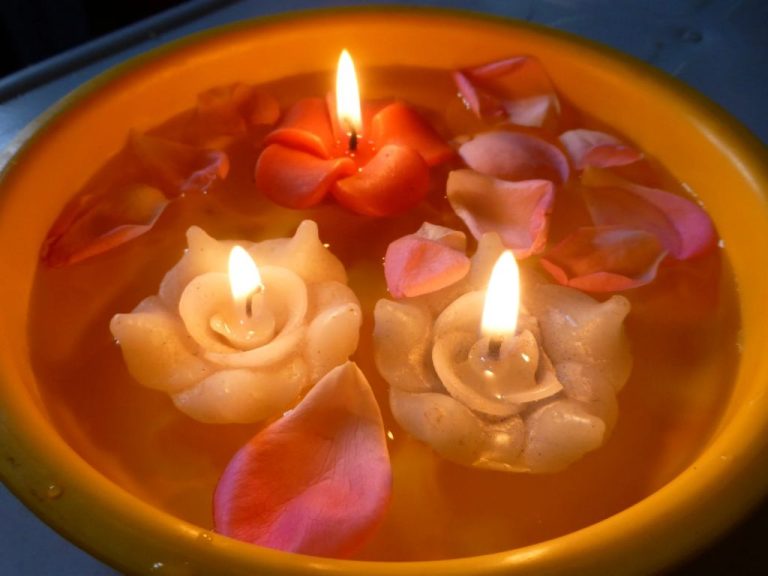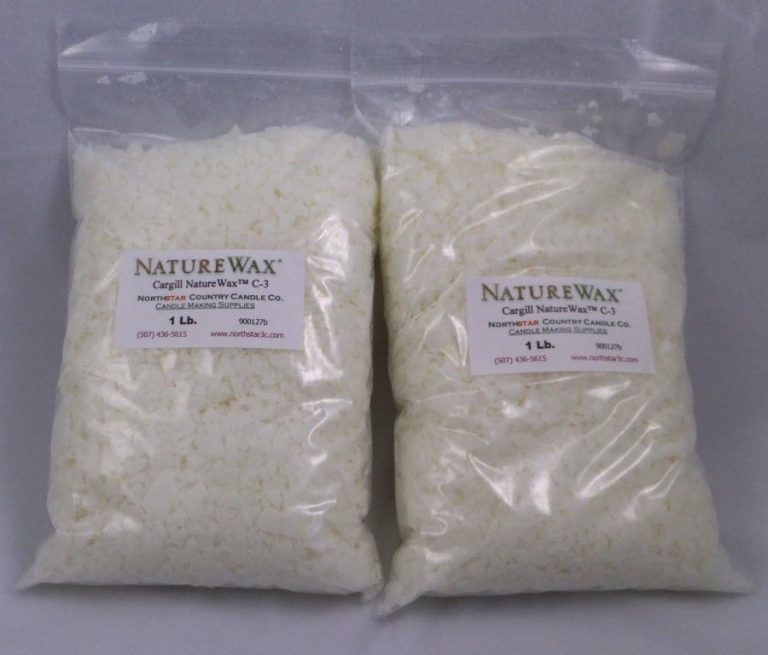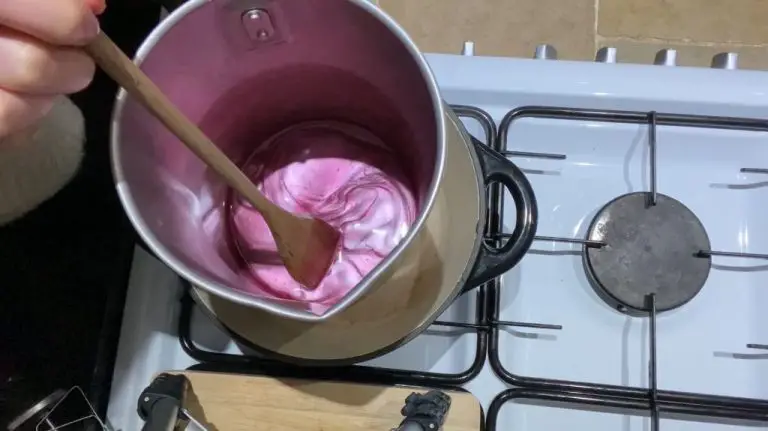Does Candle Making Make Money?
Candle making has become an increasingly popular hobby and side business in recent years. With the rise of ecommerce and craft marketplaces like Etsy, more people are turning their candle making skills into potential profits. But is it really possible to make money by starting your own candle business?
In this comprehensive guide, we’ll walk through everything you need to know to evaluate if candle making can be a viable business for you. We’ll look at startup costs, pricing considerations, sales, marketing, and long term profitability. By the end, you’ll have a clear picture of the opportunities and challenges of starting a candle company.
Overview of the Candle Making Industry
The global candle market is worth over $11 billion as of 2021 and is projected to grow at a compound annual growth rate (CAGR) of 8% from 2022-2027 according to Mordor Intelligence (1). Major players in the candle industry include Yankee Candle, Bath & Body Works, SC Johnson, Village Candle, and Colonial Candle (2).
There are several types of candles produced and sold including tapers, pillars, votives, tea lights, container candles, and novelty candles. Pillar candles are most popular, accounting for about 40% of the overall candle market. Votive and container candles make up around 30% and 20% of sales respectively (3). Many candle makers specialize in scented, soy, or beeswax candles to differentiate themselves.
Startup Costs
When starting a candle making business, there are several costs to consider. The main startup expenses include purchasing equipment, buying ingredients and materials, and allocating funds for marketing.

Essential equipment like wax melters, molds, thermometers, wick stickers, and fragrance oils can cost between $500 – $5,000 depending on quality and capacity. Bulk ingredients like soy wax, paraffin wax, candle jars and tins, and candle wicks usually run $2000 – $5000 to start. Having at least a basic ecommerce website and branding will cost around $1000 – $3000. Initial marketing such as online ads or tradeshows requires a budget of $500 – $5000.
All said, most candle making startups spend between $5,000 – $15,000 on startup costs. Buying high quality equipment upfront saves costs over time. Sourcing ingredients in bulk also lowers per unit prices. Finally, putting aside an adequate marketing budget is critical for launching and growing a candle brand. With smart planning, candle making can be an affordable business to start.
Source: https://www.starterstory.com/ideas/candle-making-business/startup-costs
Ongoing Expenses
Once your candle business is up and running, you’ll face ongoing production costs for ingredients, packaging, labor, rent, utilities, etc. Key ongoing expenses include:
Ingredients
The raw materials for making candles, like wax, fragrance oils, dyes, and wicks, will be a significant recurring cost. Depending on your production volume, expect to spend $2,000 to $5,000 per month on candle making supplies.
Packaging
You’ll need attractive containers, lids, labels, and packaging for shipping candles. Budget around $500 to $2,000 monthly for quality packaging materials.
Labor
If hiring employees, factor in labor costs like wages, benefits, and payroll taxes. For a small team of 2-3 workers, plan on $4,000 to $6,000 monthly for labor.
Rent & Utilities
A workspace for production and storage will incur ongoing rent and utility expenses. Budget $1,000 to $3,000 monthly for a small commercial space.
Pricing Considerations
When determining pricing for your handmade candles, you’ll need to consider a variety of factors in order to maximize profit margins in a competitive market. Some key pricing strategies include:

Competitor pricing – Research competitors’ pricing for similar candle styles, sizes, scents etc. You generally want to price in line with competitors, but may go slightly lower when first starting out to attract customers. According to Forbes, you should aim for 25-50% profit margins on candles. So study competitors pricing and calculate backwards from desired profit margins to set your own pricing.[1]
Pricing by cost – Calculate your costs per candle including materials, labor, packaging etc. Then mark up the total cost by your desired profit margin percentage. This ensures you have accurate knowledge of your costs and profitability.
Value-based pricing – Consider the value customers perceive in high quality, handmade, naturally scented soy candles vs mass-produced paraffin candles. Craft candles offer value through natural ingredients, unique scents and branding. Price according to the value customers receive.
Bulk order discounts – Offer discounts for bulk orders of 6, 12 or 24 candle packs. This incentivizes larger purchases from retailers, wedding planners, etc.
Bundling – Offer gift sets with a candle, candle holder, matches, etc at a bundled price lower than if bought separately. Provide added value through bundling complementary products.
Ultimately you’ll need to research competitors, calculate your own costs and experiment to find the optimal pricing strategy. Aim for the highest price the target market will bear while maintaining 25-50% profit margins.[2]
[1] https://www.forbes.com/advisor/business/start-a-candle-business/
[2] https://www.reddit.com/r/candlemaking/comments/wm8o16/candle_business_profit_margin/
Sales and Distribution
There are several options for selling homemade candles, including online sales platforms, wholesale, and retail. Many new candle makers start by selling on sites like Etsy, Amazon Handmade, or their own ecommerce website. These platforms make it easy to set up an online storefront and start selling candles with minimal upfront investment. According to the Herb Infused Candle Making Financial Model for Startup, candle sales through an ecommerce store can be a lucrative channel.
Selling wholesale to gift shops, boutiques, or other retailers is another option. Wholesale typically means selling in bulk at a discounted price per unit. The advantage is you can sell larger volumes at once without having to handle direct sales and fulfillment. The drawback is smaller profit margins. Retail sales at craft fairs, farmers markets, or your own physical store can generate higher margins but require more time commitment.
Many candle business owners use a combination of online, wholesale, and retail channels. Diversifying sales methods allows reaching a broader customer base. It also reduces reliance on any one particular channel or distributor. Flexibility and scaling across multiple sales avenues is key for growth.
Marketing Your Candles
Marketing is a critical component of any successful candle business. Building an effective brand and promoting your products through a variety of channels can help generate interest and drive sales. According to Candle Business Marketing Strategies, focusing on the following strategies can boost your candle brand’s visibility:
Brand building is essential in the candle industry to create an identity that resonates with your target audience. Define your brand story, personality, and values early on. Craft cohesive branding across your product labels, website, packaging, and marketing materials. Register your business name and any trademarks to protect your branding legally.
Leverage online and social media marketing to raise awareness of your brand. Create engaging content for your website and blog that highlights your products and brand story. Post regularly on social platforms like Instagram and Facebook to connect with potential customers. Hashtags, giveaways, and influencer partnerships can expand your reach. Consider paid advertising options too like Facebook and Google ads.
Attending relevant tradeshows allows you to demonstrate your products in person and network with buyers. Popular events for candle businesses include the National Candle Association’s Annual Conference and other gift and craft shows. Prepare professional displays and collateral to showcase your brand. Follow up with contacts after events to build relationships.

Scaling Your Business
As your candle business grows, you may consider expanding by hiring employees or outsourcing certain tasks. Hiring employees allows you to closely manage operations, but it also comes with administrative burdens like payroll, benefits, and training. Outsourcing to freelancers or agencies can provide expertise and flexibility without the overhead of employees. However, you lose some control and direct oversight of the work.
When scaling production, many candle makers opt to outsource tasks like pouring candles and labeling products, while keeping branding, product development, and quality control in-house. This balances control with flexibility. For packing and fulfillment, both employees and outsourcing are common.
Expanding your product line allows you to reach new customers and increase sales from existing ones. Consider complementary products like candle holders, scented wax melts, room sprays, or essential oil blends. Make sure new products align with your brand identity and target audience. Introduce them slowly, gauge interest, and discontinue poor sellers. With careful planning, expanding into related products can significantly boost sales.
Sources:
https://www.ppspy.com/alphabet-f
Financial Viability
The profit potential for a candle making business can be quite substantial with the right strategy and execution. According to Finmodelslab, the key to profitability lies in minimizing raw material costs by buying in bulk, using cost-efficient packaging, and keeping marketing expenses low by relying on word-of-mouth and social media. At the same time, pricing premium handmade candles appropriately can result in strong profit margins. They estimate gross margins of around 50-60% for a well-run candle business.

A breakeven analysis by Candle Business Boss shows that selling 300 candles per month allows a lean solo candle making operation to breakeven. For a larger operation with employees, the breakeven number is closer to 2000 candles sold per month. According to their ROI benchmarks, a well-executed business can expect to recoup the initial $10,000 – $15,000 investment in equipment and supplies within the first 3-6 months of operating at scale.
Conclusion
In summary, while candle making can certainly generate income, the profitability of a candle business depends on many factors. Startup costs can range from minimal to substantial depending on your production methods and supplies. Marketing and distribution are critical for reaching customers and making sales. Pricing must be set appropriately to cover expenses and earn a profit, while remaining competitive. Ongoing costs for supplies and operating expenses need to be managed wisely.
Overall, candle making can be a fulfilling and potentially lucrative small business or side hobby, but it requires an entrepreneurial spirit and careful planning. Success is possible with the right product offerings, branding, quality, and customer base. But like any craft business, hard work and persistence are needed to build steady profits over time. With passion, creativity, and sound business practices, candle making can yield reasonable income.






